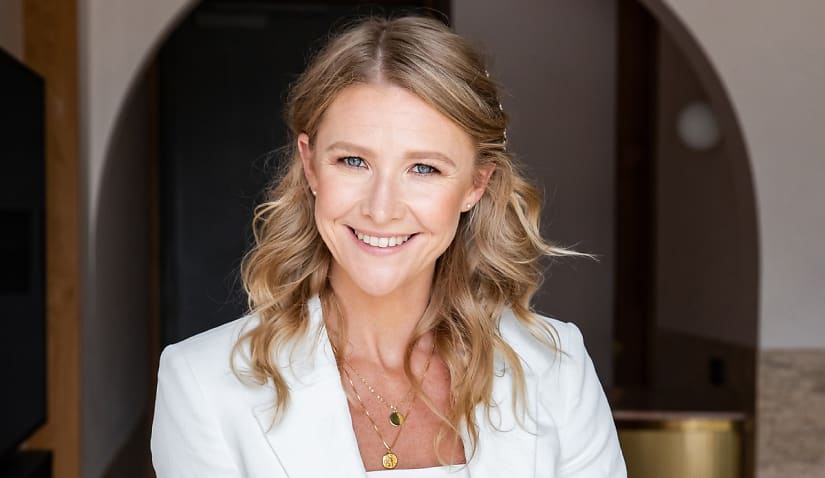The singular goal for all parties involved in a mediation is to find a solution so they can avoid court. A mediator has outlined the best practices that could achieve this.

In a recent episode of The Boutique Lawyer Show, C Legal & Co founder and principal Claire Styles said the number of accredited mediators is rising due to the growing appetite for mediation across different areas of the law.
“This has been driven by the court process requiring mediation to occur prior to that final hearing within a litigation matter. It really has increased the need for mediators in the space,” Styles said in the podcast.
As such, implementing best practice is critical to achieving optimal outcomes for all parties involved in a dispute.
For Styles, best practice involves considering the party’s positions, the amount of conflict involved in their case, and how much they are being driven by emotions.
“There will be a different level of emotion with a commercial matter [compared] to a family law matter or to an estate matter,” she explained.
“How a mediation is run is really driven by that emotion, [and] being emotionally aware of the client situation.”
Solicitors also must consider which mediation model to choose for their clients, which depends on the types of cases, Styles pointed out.
A model commonly employed by mediators is shuffle mediation, where the parties are placed in separate rooms and the mediator shuffles from one room to the other to reach a resolution.
“That works really well in high conflicts, high emotion-driven mediations,” Styles said.
She also urged solicitors to conduct intake calls with all parties to build rapport and trust and understand the nuances before meeting them.
“There are times where I’ve heard those intake calls prior to a meditation haven’t really been happening,” she flagged.
“I think they’re actually very powerful and important to make sure that all the parties have that initial contact with the mediator.”
Be impartial and calm
Mediators also have to abide by the National Mediator Accreditation System outlined by the Mediator Standards Board, which stipulates that a mediator uses their knowledge, skills, and ethical principles referred to in the document to assist participants with making their own decisions in relation to disputes, conflicts, or differences among them.
It specifies that “a mediator does not evaluate or advise on the merits of, or determine the outcome of, disputes”.
Styles said the guidelines are in place to ensure that mediators remain impartial to achieve the desired outcome for clients.
“As a mediator then, in my view, the number one skill is your EQ, your ability to be able to read the room, to read the clients. That is a case-by-case basis,” she said.
The mediator must always be the “duck sitting above the water, no flapping”, Styles added.
“You have to ensure that that level of calmness is provided in a space of often very high conflict, very emotive clients and solicitors that are trying to all achieve an outcome. But it’s ensuring that those emotions are handled in a really mature way,” Styles said.
How to use BATNA/WATNA in negotiations
When negotiating a matter for clients, Styles said she applies the principle of the best (BATNA) and worst (WATNA) alternative to a negotiated agreement.
This requires solicitors to conduct an alternative analysis of their “win” and “lose” scenarios along any given alternative path and how likely it is for these outcomes to materialise.
Mediators who can assist parties with performing a high-quality and detailed alternative analysis could improve negotiation strategies.
“I think as practitioners, sometimes we get caught up in the matter,” Styles said.
“We really need to take that step back and [ask] what is the BATNA? What is the WATNA? Go from that real basic place to start layering on the art of how we’re going to negotiate in a particular matter.”
Styles said “getting into the mind of your client” and understanding their psychology are essential to achieving the desired outcome.
“I think the bigger picture issue [is finding] an outcome whereby everybody can move on with their lives,” she said.
“That’s really it at the end of the day. They would prefer not to go through the court process. Solicitors and mediators are there to help the clients achieve those goals.”
To listen to the full episode with Claire Styles, click below: